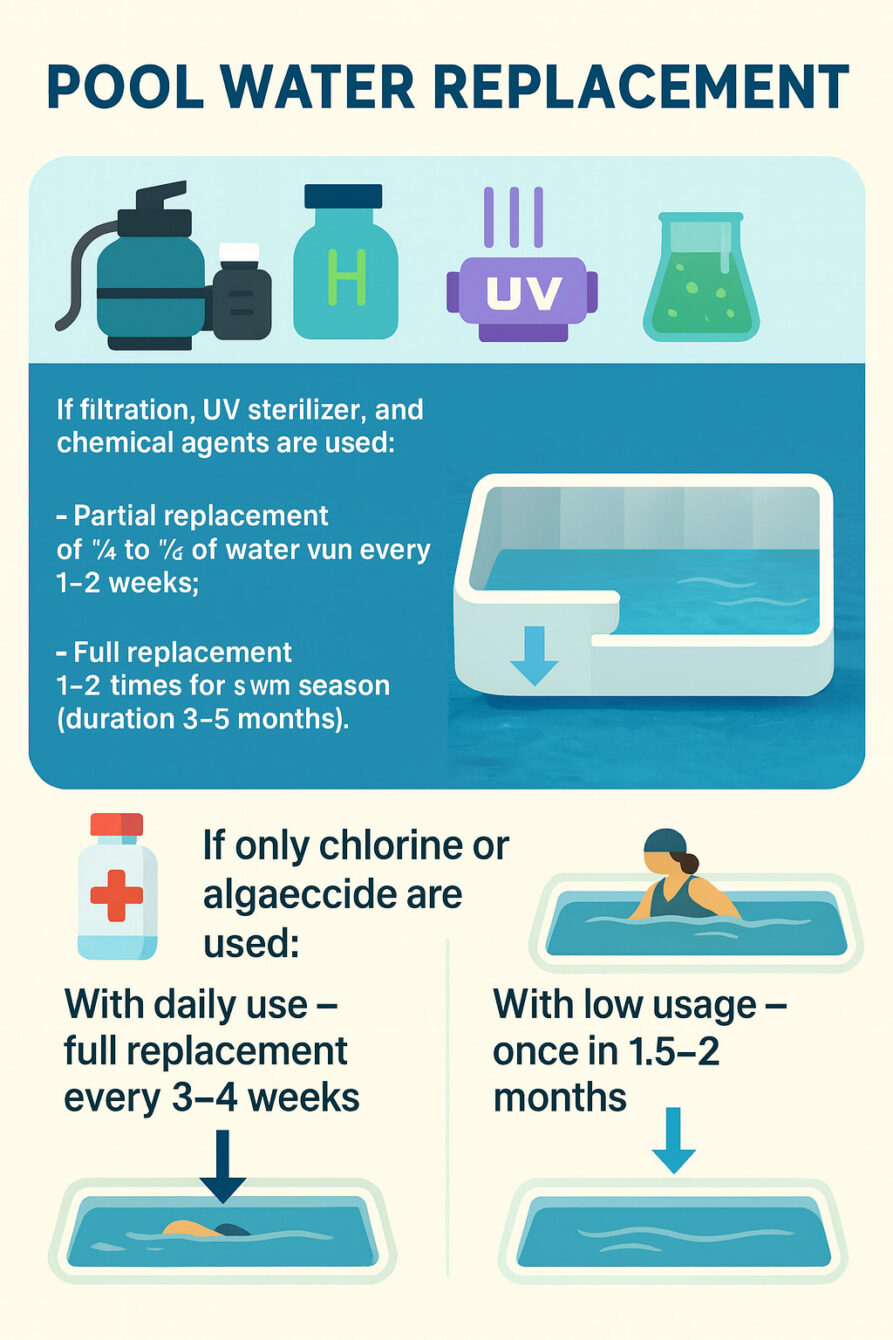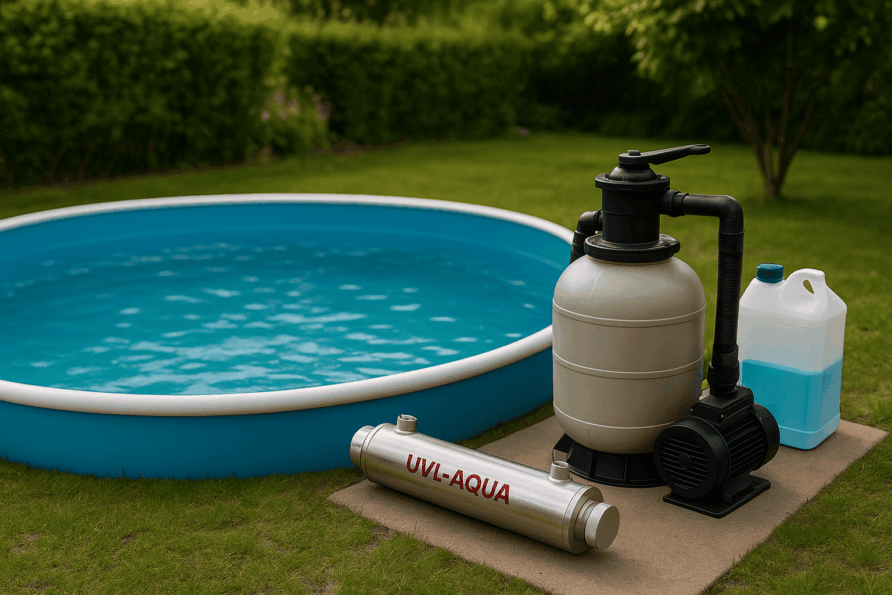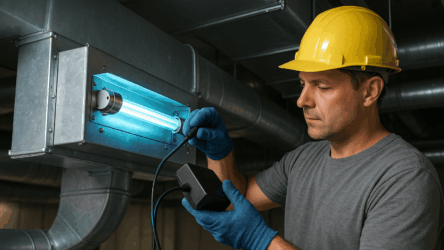Even water that looks perfectly clear can become unsafe over time. Invisible biological and chemical processes keep running in the background, gradually increasing the bather load and contaminant levels. So the real question for backyard and frame-pool owners is: how often should you refresh the water to keep it safe? Below is a practical schedule—and how to extend intervals without compromising hygiene.
How many times per season?
Even with filtration, a UV pool sterilizer and routine chemicals, periodic replacement is still necessary:
- Partial renewal: replace ¼–⅓ of the volume every 1–2 weeks.
- Full drain/refill: 1–2 times per swimming season (about 3–5 months long).
If there’s no true water-treatment system (only chlorine or an algaecide), shorten the intervals:
- Heavy use (daily swimming): full change every 3–4 weeks.
- Light use: every 1.5–2 months, provided the water stays clear and odor-free.

Note: Real needs vary with source-water quality, bather load, weather, and how consistently you dose and balance chemicals.
Why does water degrade even with treatment?
Contaminants accumulate whether you run basic treatment or not:
1) Microbiological
- Chlorine-tolerant bacteria and viruses,
- Biofilm on walls and inside pipework,
- Molds and yeasts in low-circulation zones (steps, corners, overflow edges).
2) Chemical
- Overdosed chemicals that build up over time,
- pH drift and buffer imbalance due to inconsistent dosing.
3) Organic
- Body fluids, sweat, cosmetics brought in by swimmers,
- Leaves, pollen, insects (especially in outdoor pools),
- Runoff and debris after rainfall or wind.
Which organisms are of concern?
Insufficient care can allow pathogenic microbes to multiply:
- Escherichia coli (indicator of organic contamination),
- Staphylococci (skin infections),
- Pseudomonas aeruginosa (resistant to chlorination; ear/skin issues),
- Candida and other fungi (affect skin and mucous membranes),
- Legionella and adenoviruses (hazard if water is swallowed or aerosolized).
Crystal-clear water can still be microbiologically unsafe.
Make water last longer: proven habits
- Use a cover. Close the pool whenever it’s not in use. A simple cover blocks leaves, dust, insects and cuts evaporation—dramatically reducing contamination.
- Install real filtration. A cartridge or sand filter will capture suspended solids and fine debris, lowering the oxidative demand.
- Add Swimming Pool UV Sterilizer UVL-AQUA. An ultraviolet water disinfection system (254 nm) in the circulation loop inactivates bacteria, viruses and fungi without changing water chemistry or irritating skin/eyes.
- Dose chemicals periodically. Use an algaecide or hydrogen peroxide, and—when appropriate—chlorine or bromine formulations.
The combined approach (filtration + UV disinfection + sensible chemistry) keeps water clear, reduces the need for full replacements, and makes upkeep easier.







